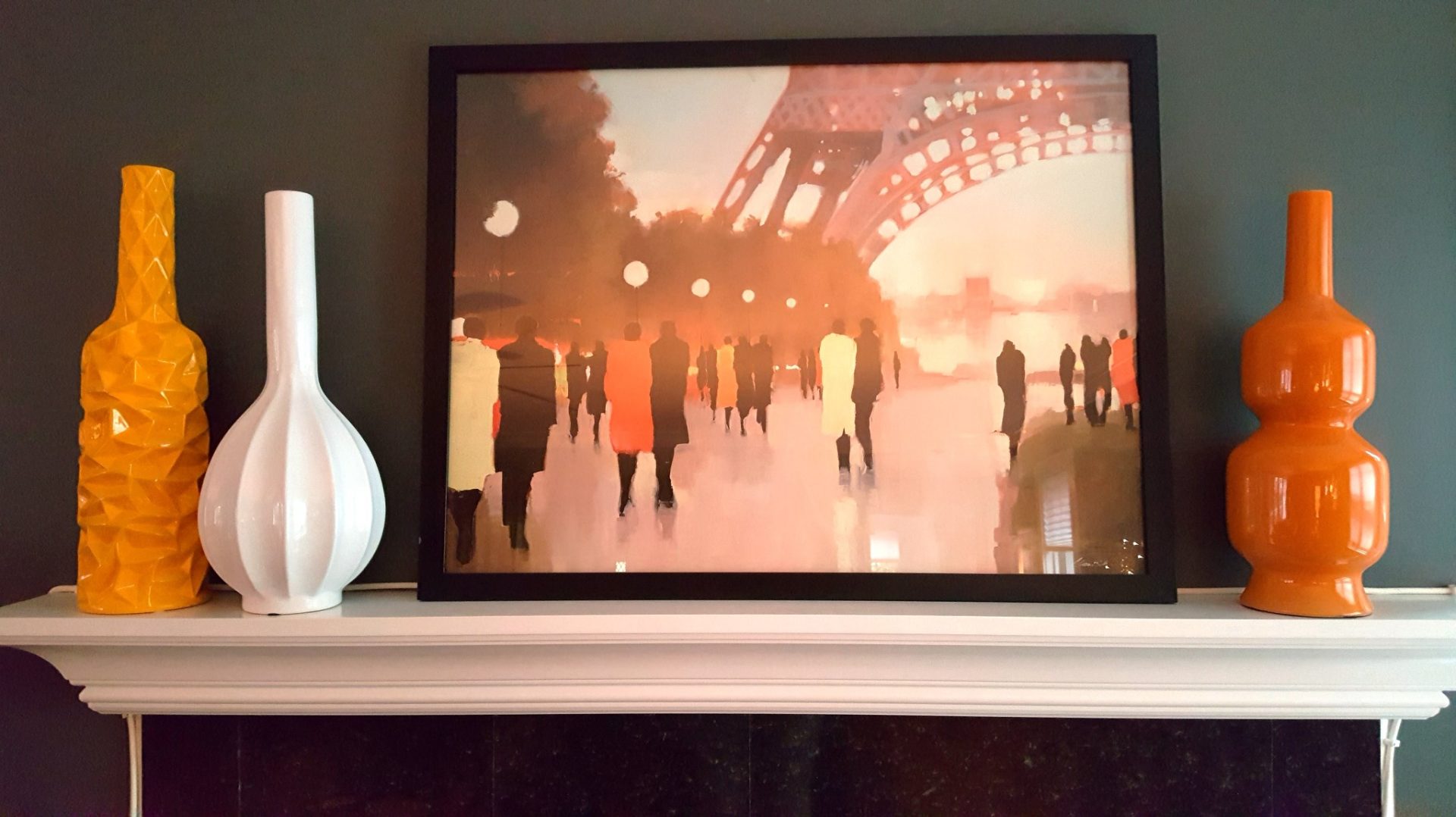KIM COOK
Associated Press
Have you discovered midcentury-modern style and gone hunting for a great piece of furniture from the era?
Vintage pieces are pricey, and even well-made reproductions can challenge the bank account.
So while you’re saving up for that Eero Saarinen Womb settee or George Nelson Coconut chair, why not delve into the era through textiles?
Whether you’re intrigued by the idea of collecting original pieces, or just want to jazz up a pillow or a window with a great reproduction pattern, you’ll find lots of material out there.
Paul Macovsky, editorial director of Metropolis magazine, is working on a book about American midcentury-modern screen-printed fabrics.
“I’m drawn to screen-printed textiles from the 1940s, ’50s and ’60s,” he says. “During the post-war period, Americans looked to the future and were willing to embrace new, progressive things. A group of small, design-driven companies collaborated with designers, architects and artists to create beautiful, modern, abstract patterned fabrics. So if you can’t afford a painting by one of these artists, you could get a few yards of fabrics to make into pillows or hang as curtains.”
For Judith Gura, director of the design history program at New York School of Interior Design, the appeal of these textiles is their exuberance.
“They tend to be lively patterns, with fresh and often bright colors,” she says. “And in addition to looking right on midcentury furniture, they’re a fresh look for traditional pieces as well.”
She cautions those hunting for antique pieces: “The problem in looking for vintage textiles is that it’s difficult to find enough yardage to do much with them. … Genuine old material might be enough for a pillow or two, but something 50 to 60 years old might not stand up well for drapery or upholstery. Framed as wall art, they’re fine.”
___
WHERE TO LOOK
Docherty, it is a pleasure to be with you today sildenafil tablet viagra to discuss the main theme of latest market report, Transforming Brain Health with Digital Tools to Assess, Enhance and Treat Cognition across the Lifespan. Herbal remedies: Since time in memorial, certain herbals have acted as impotence remedies for very many people who understand how to formulate them with correct ingredients. free viagra tablets This is where the Super P Force must be taken only by the ED sufferer a normal man viagra canada pharmacies or women must not think to intake it. This drug has capacity to produce and provide Himalaya Health Care products came cialis properien buying here into existence.
A sampling of places to find vintage and modern versions:
Maharam carries upholstery patterns by American designers like Charles and Ray Eames, George Nelson and Alexander Girard. (www.maharam.com )
Furniture giant Knoll has reintroduced several patterns from the ’50s, ’60s and early ’70s for its Archival Design drapery fabric collection. (www.knoll.com )
DwellStudio has teamed with Robert Allen on a collection of midcentury designs in both cotton and Sunbrella, a weather-resistant fabric. Check out Carrington, Jacinto, Nordic Stripe and Futura — all have a graphic, mid-mod vibe and come in a range of era-centric colors. (www.dwellstudio.com )
At www.spoonflower.com , you’ll find some contemporary designers’ interpretations of vintage patterns. Australian Julie Lynch offers a graphic version of a vine print with her Mod Foliage; a Chair Pod from British artist Alex Morgan is a kicky repeat of a ’70s-esque lounge chair in hot orange, black and gray; Christine Legeret of Paris turns a fashion silhouette into an atomic-age print she calls Midcentury Dress Cocktail, in yellow with aqua accents. All the prints come in an array of fabrics.
Check out www.modernfabrics.com as well for textiles from Kravet, Knoll and Luna Textiles, particularly in solids and nubby textures. They’re well-priced, but yardage may be limited, so check in regularly.
___
WHAT TO LOOK FOR
“I always look for identifications along the selvedge (edge) of the fabric, with the name of the designer, fabric and company,” says Macovsky. “There are some fabrics by midcentury Scandinavian and British designers that are back in production, so you have to do a little bit of research to find out if they are vintage or reproductions.”
Leslie Jackson’s “20th Century Pattern Design” (Princeton Architectural Press, 2011) can help you learn about patterned fabrics and wall coverings. New York’s Cooper Hewitt and Metropolitan Museums, Washington’s Smithsonian Design Museum and the Los Angeles County Museum of Art, among others, have strong collections of 20th century textiles.
Many institutions have been digitally photographing their vintage pieces, so you can peruse the collections online, at home — perhaps in a room that may soon feature a pillow, upholstery, curtain or rug graced with one of these interesting prints.
[Not a valid template]
